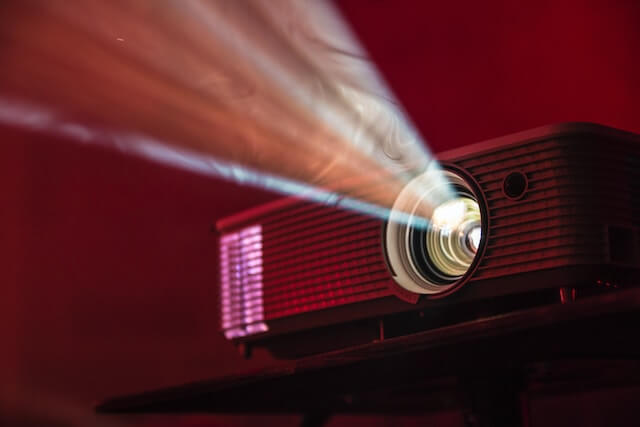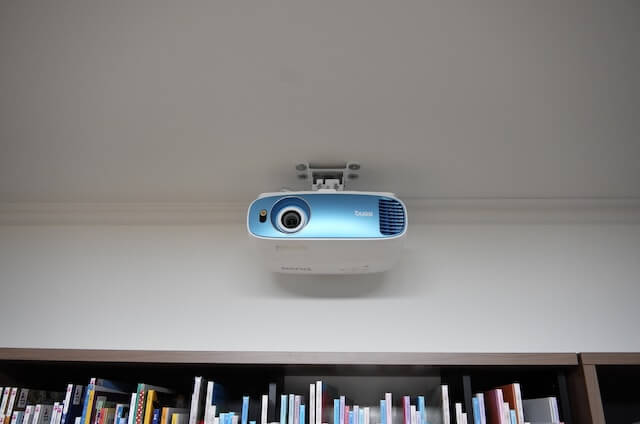
A projector is an indispensable piece of modern technology that projects images, video or text onto a large screen or other flat surface, providing users with not only a new visual experience, but also playing a key role in presentations, training and communication. So how does a projector work? The following take you from its structure and working process to dissect.
The projector's working principle
The working principle of the projector is based on the integration of optical and electronic technology. The projector generates a strong beam of light through a high-brightness light source, which is focused by the regulation of the display panel and the lens system to process and project the image signal onto the target plane to form an enlarged image. In this process, the display panel can be a liquid crystal display, digital micromirror array or liquid crystal micromirror array and other technologies, while the image processor is responsible for optimizing the image quality.

The structure of the projector
The projector is composed of several key components as follows:
Light source: Projectors usually use high-brightness light sources, such as high-pressure mercury lamps, LEDs or lasers. These light sources produce a strong beam of light that provides sufficient brightness for subsequent projections.
Display Panel: The display panel is one of the core components of the projector and is used to receive the light beam from the light source and generate the image. Common display panel technologies include liquid crystal display (LCD), digital micromirror array (DMD), and liquid crystal micromirror array (LCOS).
Lens system: The lens system is used to focus and project the light beam emitted from the display panel. The selection and configuration of the lens is critical to the image quality of the projector.

Image Processor: The image processor receives the image signal from the input source and processes and optimizes it to ensure the best image quality during the projection process. The processor can also perform operations such as correction, adjustment and transformation of the image.
The working process of a projector
The working process of a projector can be summarized in the following steps:
1、 The light source emits a strong beam of light, which is focused by the lens system and then shot to the display panel.
2、 The display panel adjusts the brightness and color of the pixels according to the control of the input signal. For example, the liquid crystal display panel controls the transmission and blocking of light through the arrangement of liquid crystal molecules to form an image.

3、 After processing by the display panel, the light beam is further focused through the lens system and projected onto the target plane to form an enlarged image.
4、 The image processor of the projector processes the input signal, including color correction, contrast adjustment, image transformation, etc., to optimize image quality.
5、 Finally, through the projection of the lens system, the image is presented on a screen or other flat surface, and the viewer can get the desired information or visual experience by viewing this magnified image.
The above is an introduction to how projectors work. Understanding how projectors work and how they work will help us better understand the application and development of this technology.
